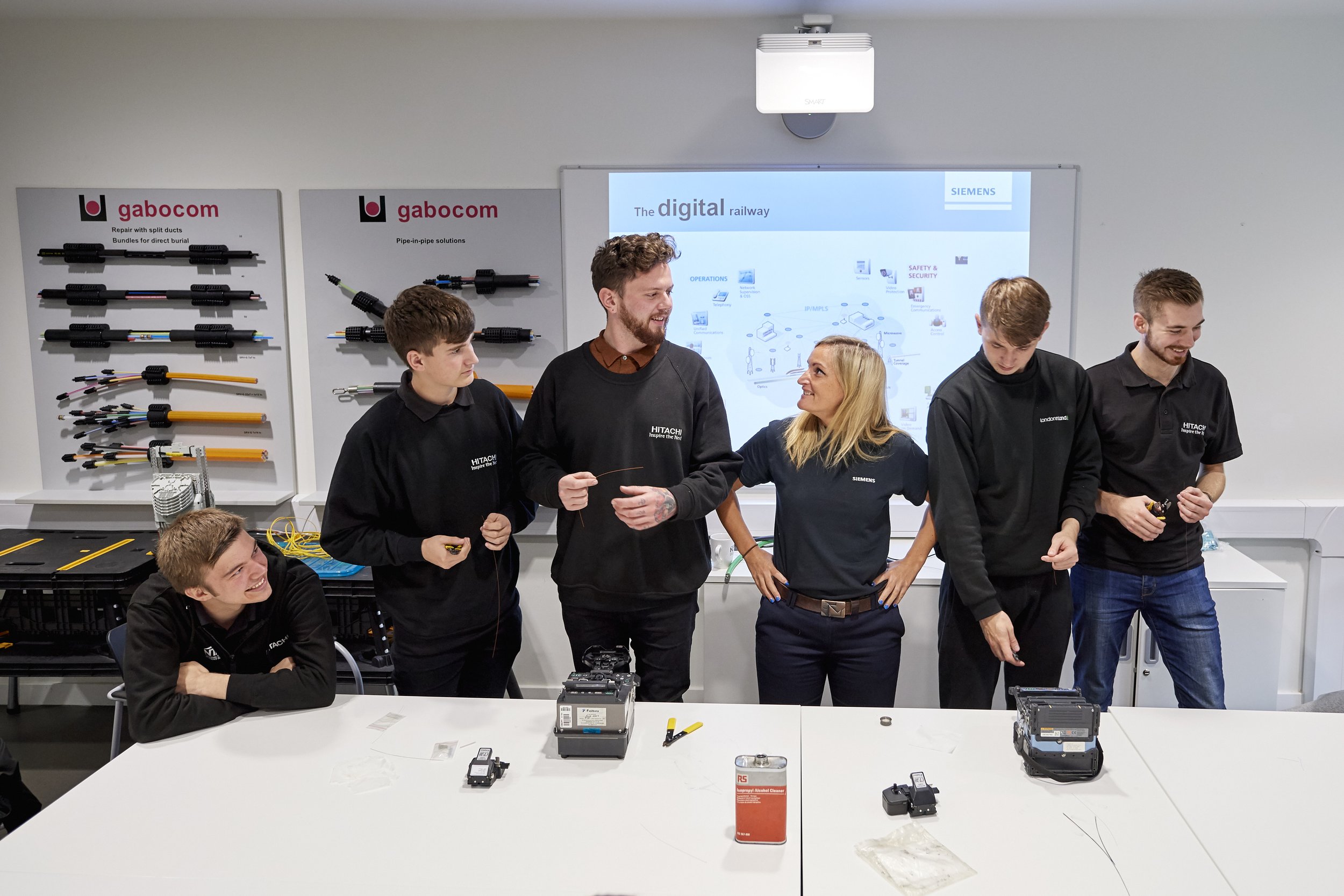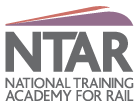
Signalling and Telecoms
The demand for 24/7 Wi-Fi connectivity from rail passengers finally led to the announcement by the UK government in 2017 of its plans to modernise telecommunications and provide uninterrupted connectivity on main routes by 2025.
To ensure technicians and engineers can meet this ambitious target NTAR has developed a qualification, suitable for both industry and ex-forces, that will equip the railway’s telecoms experts with the technical knowledge and relevant skills to achieve the government's connectivity plans. Below is a list of both pathways a learner may take and what a learner can expect from this course.
Level 3 award telecoms, fibre and copper module overview
Copper cable termination and testing unit
This course aims to introduce learners to the various copper cables used within the industry.
Work safely when working with the internal and external copper cables
Install copper cable in the approved containment both armoured and unarmoured
Prepare copper cables for jointing and termination withing joints, enclosures and panels
Prepare cables for termination in an enclosure or cable joint
Identify copper cable tests compliant with the specified work environment standards
Use copper cable testing equipment
Install a signal post telephone onto a post and terminate the cable trail
Extend cable circuits on a main distribution frame
Identify circuits within a main distribution frame
Fibre optic splicing, termination, and testing unit
This course aims to introduce learners to the various fibre optic cable used within the rail industry
Work safely when working with optical fibre cables
Route armoured and double insulated super armoured cable optical fibre cables in specified work environment approved containment
Prepare optical fibre cables for jointing and termination
Use cleaving and splicing techniques for both single and multimode fibre cables
Seal and label specified work environment telecoms enclosures
Use correct specified work environment procedures for fibre testing
Prepare optical test and optical component cleaning equipment
Apply optical time domain reflectometer set up parameters for bi-directional testing and fault finding
Use optical time domain reflectometer distance markers and fault procedures


